CTS BD1 is a high carbon chromium steel that provides stainless properties with high hardness and excellent wear resistance, behaving very similarly to tool steels, with a Rockwell hardness of 58 - 60 HRC after heat treatment. According to the manufacturer, it has a finely balanced chemical composition with several additives to improve edge retention and enhance ease of machining during the manufacturing process.
In CATRA (Cutlery and Associated Trades Research Association) testing, CarTech CTS BD1 alloy has a TCC (Total Card Cut) rating of 570 mm, which is equivalent to the cutting performance of high quality 440C stainless steel. The finely balanced chemistry enhances the processing of the steel especially during cutlery manufacture.
CTS BD1 steel is generally not recommended for elevated temperature use because its corrosion resistance is reduced when used in the annealed or quenched and tempered condition above approximately 800 °F (427 °C).
Corrosion resistance
CTS BD1 alloy has corrosion resistance similar to Type 410 alloy. It can resist corrosion in mild atmospheres, fresh water, steam, ammonia, many petroleum products and organic materials, and several slightly acidic environments.
This grade of stainless steel is used in the quenched and tempered condition. Optimum corrosion resistance is achieved at quenches below approximately 800 °F (427 °C). For optimum corrosion resistance, surfaces should be free of scale, lubricants, foreign matter, and coatings applied for drawing and upsetting. Surface cleaning and / or passivation should be considered after parts have been manufactured.
Notes: resistance to acetic acid is based on a test in a 3% boiling solution. Resistance to phosphoric acid is based on a test in a 10% boiling solution.
Chemical composition
Chemical composition of steel grade CTS-BD1 | |||||||
| C | Cr | Mo | Mn | Si | P | S | Fe |
| 0,85-0,95 | 15,0-17,0 | 0,5 | 1,0 | 1,0 | 0,04 | 0,03 | Other |
Physical properties
- Density: 0.2760 lb/in³ (7.65 g/cm³);
- Mean specific heat: (32 to 212°F) 0.1100 Btu/lb/°F;
- Mean CTE: (32 to 212°F) 5.60 x 10 -6 in/in/°F;
- Electrical Resistivity: (70°F) 361.0 ohm-cir-mil/ft;
Mechanical properties
| Impact strength at room temperature | ||
| Orientation | Temper 1 hr | Charpy impact (ft.-lb) |
| Longitudinal | 300°F / 149°C | 21 |
| Longitudinal | 350°F / 177°C | 25 |
| Longitudinal | 400°F / 204°C | 28 |
| Transverse | 350°F / 177°C | 7 |
* Hardened at 1900 °F (1038 °C) for 30 min.
Heat treatment
Annealing
For maximum softness, this steel should be heated uniformly to 1550 / 1600 °F (843 /871 °C). Soak and cool very slowly in the furnace. Brinell hardness will be approximately 223.
For an intermediate or process annealing treatment-heat uniformly to 1350 / 1400 °F (732 / 760 °C). Air cool. Brinell hardness will be approximately 241.
Hardening
Heat to 1850 / 1950 °F (1010 / 1066 °C). Hold. Quench in warm oil or air cool thin sections. Do not overheat. Full hardness cannot be achieved if overheated.
Tempering
To relieve peak stresses while maintaining maximum hardness, temper for at least one hour at 300 / 350 °F (149 / 177 °C). This will produce a hardness of approximately 58 / 59 HRC.
| Tempering reaction of 3.2 mm thick CTS BD1 steel | ||||||
| Hardness (HRC)* | ||||||
| Temper | 1850°F (1010°C) | 1850°F + -100°F (1010°C + -73°C) | 1900°F (1038°C) | 1900°F + -100°F (1038°C + -73°C) | 1950°F (1066°C) | 1950°F + -100°F (1066°C + -73°C) |
| 300°F (149°C) | 59 | 59 | 59.5 | 60 | 59.5 | 60.5 |
| 400°F (204°C) | 56 | 56.5 | 58 | 58 | 58 | 58 |
| 500°F (260°C) | 55 | 55 | 56 | 56 | 55 | 55.5 |
| 600°F (316°C) | 55 | 55 | 55 | 55.5 | 55 | 55 |
| 700°F (371°C) | 55 | 55 | 55 | 55 | 55.5 | 55.5 |
| 800°F (427°C) | 54 | 54.5 | 55 | 55 | 55 | 55 |
*Hardening treatments performed for 30 minutes, air cool to room temperature. Refrigeration treatments performed for 1 hour, air warm to room temperature. Tempering treatments performed for 1 hour, air cool to room temperature.
Hot working
Carpenter CTS BD1 alloy should be handled like high-speed tool steel. Preheat to 1400 / 1500 °F (760 / 816 °C), then heat slowly and uniformly to 1900 / 2150 °F (1038 / 1177 °C). Do not forge below 1700 °F (927 °C), and reheat as often as necessary. Cool in a furnace, if possible, or in warm dry lime or ashes. Anneal after forging; cool to room temperature before annealing.
Cold working
If annealed for maximum softness, this steel can be moderately cold formed, headed and upset.
Machinability
For most machining operations, this steel cuts best when in the dead soft annealed condition. Due to its high carbon content, it machines somewhat like high-speed steel. Because chips are tough and stringy, chip curlers and breakers are important.
Grinding and polishing
In cutlery applications, grinding and polishing are very important. Carpenter CTS BD1 alloy works well in these operations but considerable care must be used not to overheat since the corrosion resistance may be lowered.
Weldability
Because of its high hardness capability, this steel is seldom welded. However, if welding is necessary, the parts should be preheated and maintained at about 500 °F (260 °C), welded, and then immediately given a 6 - 8 hour anneal at 1350 / 1400 °F (732 / 760 °C) with a slow furnace cool. The parts should not be allowed to cool below 500 °F between welding and annealing. High welding heat inputs should be used. To obtain mechanical properties in the weld similar to the base metal, welding consumables of like composition should be considered. Otherwise, AWS E/ER309 should be considered.

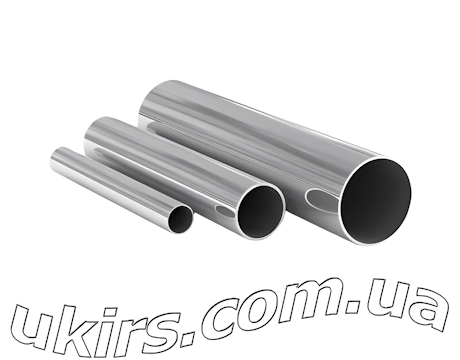 Stainless Steel Round Pipe
Stainless Steel Round Pipe 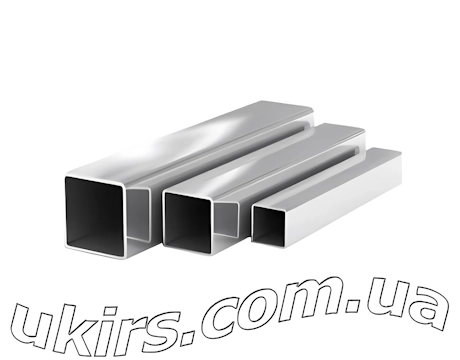 Stainless Steel Square Pipe
Stainless Steel Square Pipe 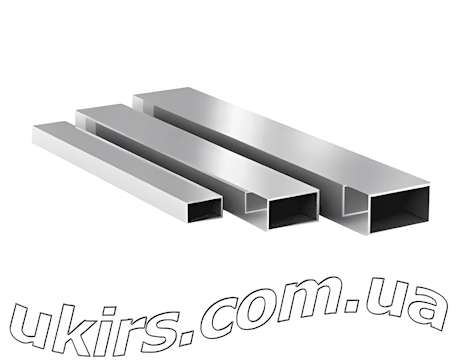 Stainless Steel Rectangular Pipe
Stainless Steel Rectangular Pipe 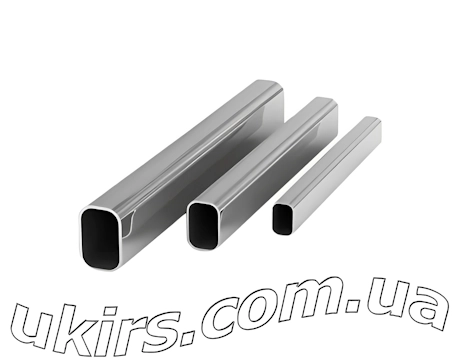 Stainless Steel Oval Pipe
Stainless Steel Oval Pipe 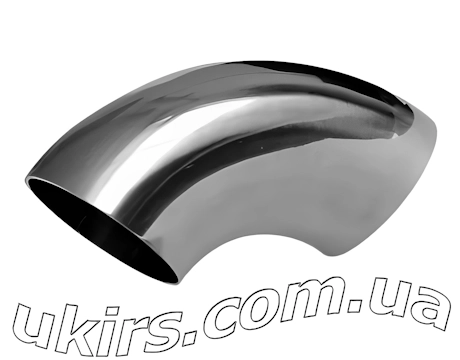 Stainless Steel Elbow
Stainless Steel Elbow 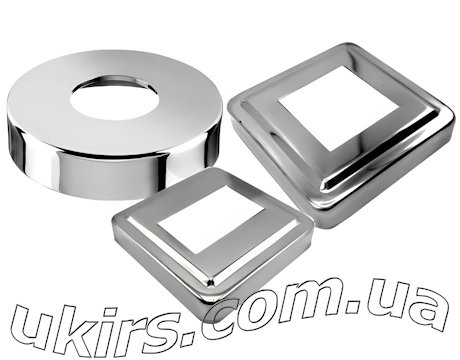 Stainless Steel Decorative Cover
Stainless Steel Decorative Cover 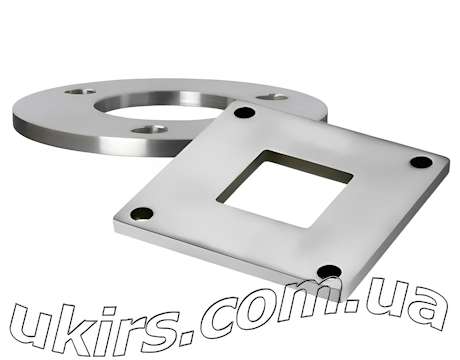 Stainless Steel Flange
Stainless Steel Flange 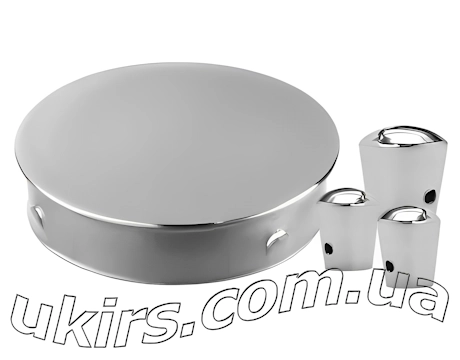 Stainless Steel Plug / Cap
Stainless Steel Plug / Cap  Stainless Steel Handrail Holder
Stainless Steel Handrail Holder